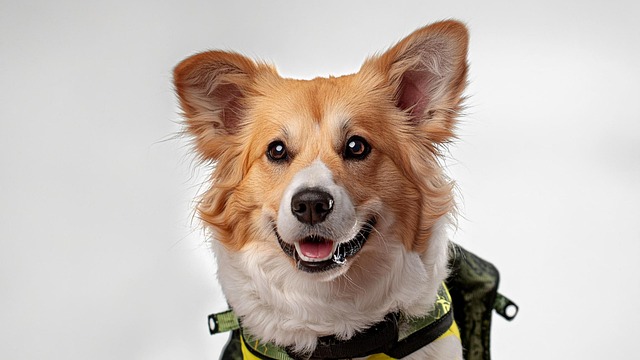
At what age do dogs get food allergies?
When we stroke our fluffy beloved dogs and watch them wagging their tails while enjoying their food, we rarely think that seemingly ordinary food can be an "invisible killer" that harms them.
When stroking a beloved dog, the palm gets covered with fine dog hair; when cleaning the corners of the house, clumps of hair can always be found. Even seeing the dog's originally thick and smooth fur becoming sparse and patchy, these scenes inevitably make the owner worried. Dog hair loss is a common problem in pet care. It is not only related to the dog's appearance but also may be a warning sign of physical health problems. To effectively treat a dog's hair loss, we need to carefully analyze and explore the root cause of the hair loss, and use scientific methods and full of love to help the dog regain its healthy and thick fur.
The reasons for a dog's hair loss are complex, covering physiological, pathological, environmental and other aspects. From a physiological perspective, seasonal molting is a common phenomenon of dog hair loss. In spring and autumn, to adapt to the change in temperature, dogs shed their old hair and grow new hair. For example, Huskies living in the north will shed a large amount of hair like "dandelions" in spring. In this way, they shed their thick winter coat and change to a light summer coat to better regulate their body temperature. During normal seasonal molting, the dog's skin usually shows no abnormalities, and the hair loss process is relatively orderly, generally alleviating naturally after a few weeks.
Malnutrition is also an important factor leading to a dog's hair loss. Hair growth requires sufficient nutrients such as protein, vitamins, and minerals. If a dog eats an unbalanced diet for a long time and lacks key nutrients such as Omega-3 fatty acids, B vitamins, zinc, and iron, it will affect the health of the hair follicles, causing the hair to be fragile and prone to falling out. For example, dogs that only eat dog food of a single brand with poor quality for a long time often have dry and dull hair, and the hair loss situation will become more serious. In addition, some owners overfeed their dogs with human food, especially food high in salt and oil, which can also irritate the dog's skin and cause hair loss.
Skin diseases are one of the "culprits" causing a dog's hair loss. Infections of fungi, bacteria, mites, and allergic dermatitis can all damage the dog's skin barrier, leading to hair loss. Common symptoms of fungal infections are circular or oval hair loss patches, and the skin in the hair loss area is red and itchy; mite infections may cause hair loss, scabbing, thickening of the skin and other symptoms on the dog's ears, elbows, abdomen and other parts; and allergic dermatitis usually occurs when the dog comes into contact with allergens such as pollen, dust mites, and certain chemicals, with symptoms such as skin itching, redness, and hair loss. Once, a Labrador Retriever lost a large area of hair all over its body after coming into contact with a certain kind of pollen on the grass and kept scratching its skin. The owner felt extremely distressed seeing its uncomfortable appearance.
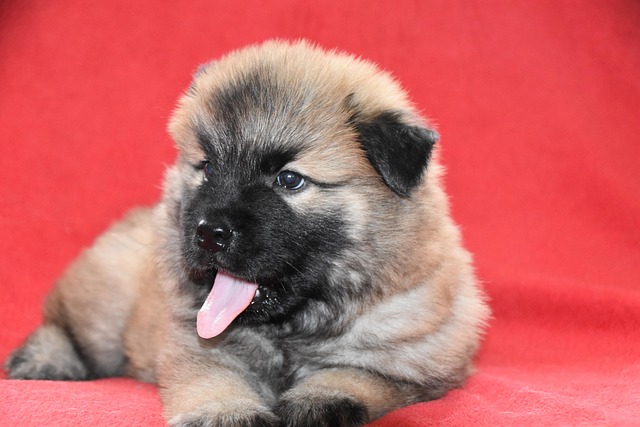
Parasite infections should not be ignored either. External parasites such as fleas and lice will bite the dog's skin, causing itching, and frequent scratching by the dog will lead to hair loss. In addition, intestinal parasites such as roundworms and tapeworms will absorb the nutrients ingested by the dog, affecting the dog's overall health and indirectly causing hair loss.
After understanding the reasons for a dog's hair loss, we can take targeted treatment measures. For seasonal molting, the owner doesn't need to worry too much, and can relieve the hair loss situation by strengthening daily care. Use a pet-specific comb every day and comb along the direction of hair growth. This can not only remove the floating hair on the dog and prevent the hair from spreading in the house but also promote blood circulation in the skin, which is beneficial to the growth of new hair. At the same time, supplement the dog with foods rich in Omega-3 fatty acids, such as deep-sea fish oil and salmon, which can also help nourish the hair and make the newly grown hair more soft and shiny.
If the hair loss is caused by malnutrition, adjusting the diet structure is the key. Choose dog food with comprehensive nutrition and good quality for the dog to ensure that it contains enough high-quality protein, vitamins, and minerals. You can also add some nutritional supplements to the dog under the guidance of a veterinarian, such as pet-specific vitamin tablets and trace element tablets. At the same time, stop feeding the dog high-salt and high-oil human food to avoid aggravating the hair loss symptoms. After improving the diet, the owner needs to be patient. Generally, after a few weeks or even months, the dog's hair will gradually return to a healthy state.
For hair loss caused by skin diseases, it is necessary to take the dog to a pet hospital for diagnosis and treatment in a timely manner. The veterinarian will determine the cause of the disease through professional means such as scraping examination and fungal culture, and then prescribe corresponding medications, such as antifungal ointments, antibiotics, and deworming drugs. During the treatment process, the owner should administer the medication to the dog strictly according to the veterinarian's instructions and not stop the medication or reduce the dosage at will to avoid the recurrence of the disease. At the same time, keep the dog's living environment clean and hygienic, and regularly disinfect the dog's kennel, toys, etc. to prevent reinfection. Some skin diseases have a long treatment cycle, and the owner needs to give the dog more love and company. When the dog is irritable due to itching and discomfort, soothe it gently to help it get through this difficult period.
Treating a dog's hair loss is a "protracted war" that requires patience and carefulness. Every dog is a treasure in the owner's heart. When they are troubled by hair loss problems, what we need to do is not only to find treatment methods but also to give them enough love and care. In this process, seeing the dog's hair gradually becoming thick again and regaining its former vitality and cuteness, all the efforts will be extremely worthwhile. Because in the days of accompanying the dog, our greatest wish is that they can grow up healthily and happily, and fill our lives with soft fur and warm company.

When we stroke our fluffy beloved dogs and watch them wagging their tails while enjoying their food, we rarely think that seemingly ordinary food can be an "invisible killer" that harms them.
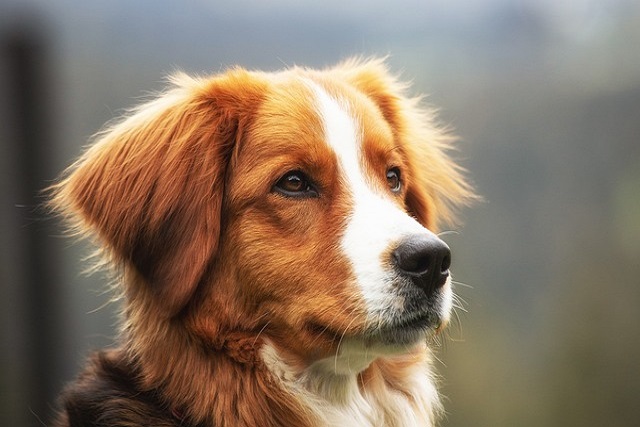
When the fluffy little dog leaves the warm embrace of its mother dog and starts to face the world independently, its ignorant and dependent eyes make every owner feel affectionate.
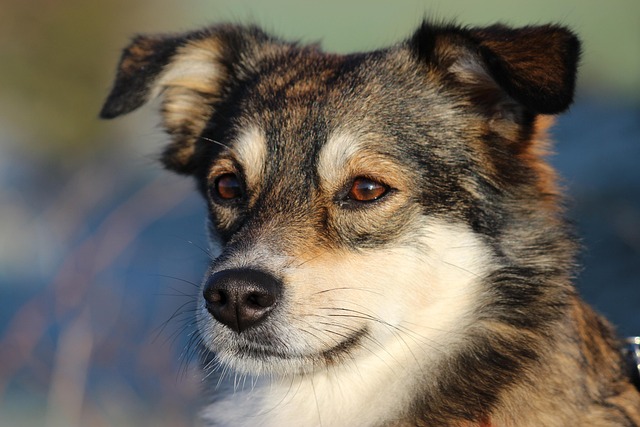
In the late night pet hospital, under the incandescent light, you watch your dog struggling to move its body, every step accompanied by a slight tremble,
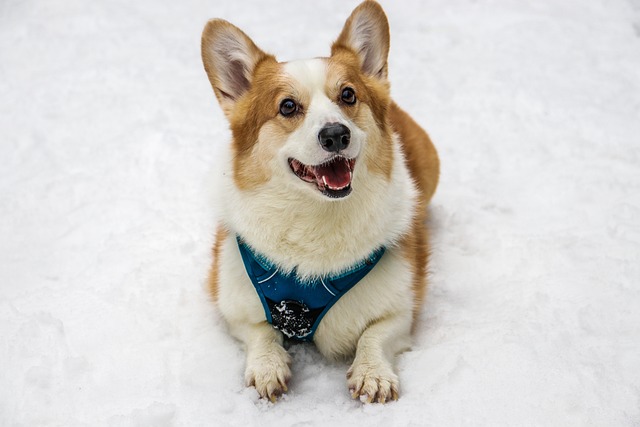
When our furry friends at home scratch frequently, sneeze incessantly, or show symptoms such as diarrhea and ear inflammation, the hearts of every pet owner are gripped with worry.

When you squat down and want to stroke that once fluffy Corgi, your palm gets covered with large amounts of dog hair.
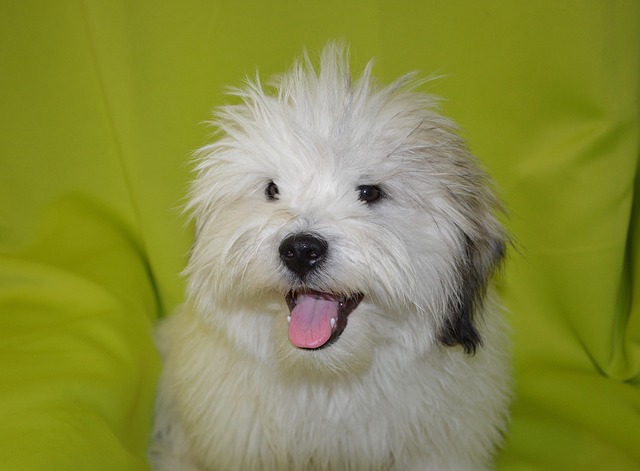
When the furry little golden fur happily falls into your arms, with a faint odor or soil left behind from playing, bathing it becomes a necessary and challenging task.